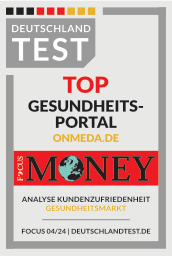Nun soll eine erneute Knochenmarksentnahme stattfinden, welches mit Antigenen angereichert wieder gespritzt wird. Diese Art Behandlung ist mir ganz neu.
Vielleicht können Sie, Prof.Wust, mir eine kurze Erläuterung bzw. Aufklärung zu dieser Behandlung geben. Diese Behandlung soll die kommende Woche evtl. stattfinden. Vielleicht können Sie mich wenn möglich bald informieren.

Kommentar